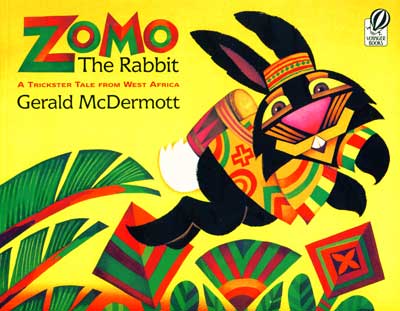 This study guide will focus on our poets...both Puritans and Colonials.
This study guide will focus on our poets...both Puritans and Colonials.Let's start with Anne Bradstreet (1612-1672), a female poet whose work (The Tenth Muse Lately Sprung Up in America) was published at a time when few women and some men were not published. Have you seen a picture of the title page of the edition published during her lifetime (1650)?
 The poems of hers that we read follow:
The poems of hers that we read follow: - The Prologue
- In Honour of that High and Mighty Princess Queen Elizabeth of Happy Memory
- An Epitaph on My Dear and Ever-Honoured Mother Mrs Dorothy Dudley Who Deceased December 27 1643 and of Her Age 61
- To Her Father with Some Verses
- Before the Birth of One of Her Children
- A Letter to Her Husband Absent upon Public Employment
- Here Follows Some Verses upon the Burning of Our House July 10th 1666 Copied Out of a Loose Paper
We also looked at John Donne's "A Valediction Forbidding Mourning," a poem written to his wife as he left for a job abroad, and his later Sonnet 14, a poem written as he struggled with a call to the ministry. The poems are linked below:
http://www.luminarium.org/
http://www.poets.org/viewmedia.php/prmMID/20308
Note that John Donne is an English poet and predates Bradstreet. (He lived from 1572 to 1631, and for him, Shakespeare was a contemporary writer.) His poems were not published in his lifetime although they did circulate in manuscript among select readers. Below is a picture of Donne as a young man.

We also read the poems of Edward Taylor (c. 1642 - 1729), a New England poet who was also a minister in Western Massachusetts. Taylor's poems were not published until 1939. Not surprisingly, no portrait of him survives, so here is a picture of his gravestone. It is a great example of a Puritan gravestone!
 The poems of Taylor's that we read follow:
The poems of Taylor's that we read follow:- Prologue
- Meditation 8 (First Series) John 651 I am the Living Bread
- Upon Wedlock and Death of Children
http://www.luminarium.org/

Technically, although Phillis Wheatley (1753 - 1784) lived long after Anne Bradstreet and Edward Taylor did, we might also consider her a Puritan poet...or at least a very devout Christian who also wrote poetry. Many of her poems are also poems of address. Is she a neo-Classical poet or a pre-Romantic poet? Is she an American poet or a Colonial poet? (Note that our editors place her in the section titled "A Literature for a New Nation." Ironically, her career fizzled out because of the American Revolution. During a war, people have priorities other than poetry.)
The poems of hers that we read follow (watch for updates!):
- On Being Brought from Africa to America
- To the University of Cambridge [Harvard] in New England
- A Farewell to America To Mrs SW
http://www.poetryfoundation.org/archive/poem.html?id=182520

Below is a picture of Mary Robinson who was an actress and celebrity before she was a writer. The 1781 portrait is by Gainsborough, one of the two most noted portrait painters of Robinson's time.

Here is an example of the other noted portrait painter's work: Sir Joshua Reynolds' portrait of Hester Lynch Piozzi (Mrs. Thrale) and her daughter from her first marriage.

 This study guide will focus on our narratives of exploration, including Mary Rowlandson's captivity narrative. These narratives were *very* popular in their day!
This study guide will focus on our narratives of exploration, including Mary Rowlandson's captivity narrative. These narratives were *very* popular in their day! 




























